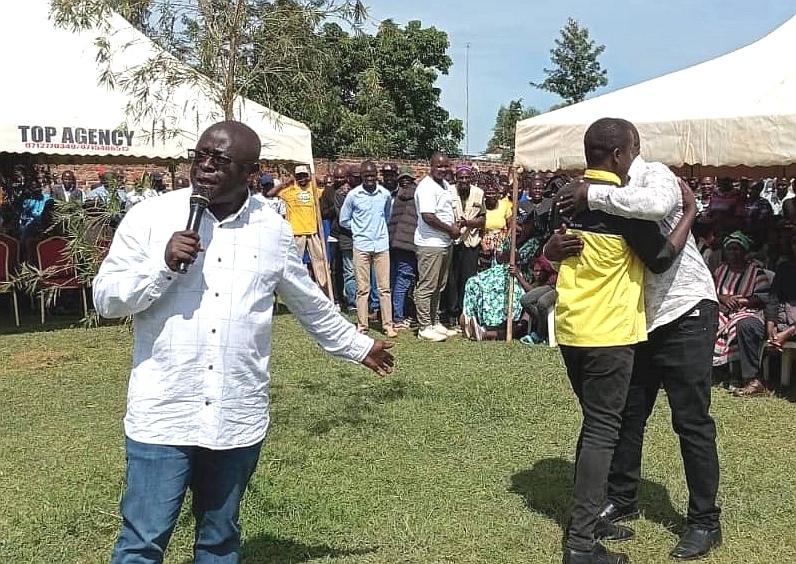 Energy CS Opiyo Wandayi/FILE
Energy CS Opiyo Wandayi/FILE
The government has unveiled a raft of multi-billion-shilling initiatives aimed at ending frequent power blackouts, lowering electricity costs and increasing household connections to the national grid.
Appearing before the Senate plenary on Wednesday, Energy CS Opiyo Wandayi said the government, in partnership with key stakeholders, is pumping billions into new transmission lines, upgrading power stations and investing in additional energy sources.
“We have several initiatives underway, including the development of nuclear energy, which we hope will ensure a stable and reliable power supply,” Wandayi told senators.
He was responding to questions from lawmakers concerned about persistent blackouts and the slow pace of electricity connections across the country.
The briefing comes weeks after President William Ruto admitted that Kenya’s current electricity generation is insufficient to meet demand.
The President said the strain on supply has forced the government to implement intentional power cuts—load-shedding—to maintain grid stability during peak hours.
“Today in Kenya, between 5 pm and 10 pm, we have to do load-shedding. One data centre requires 1,000 megawatts, yet we only produce 2,300 megawatts,” Ruto said during an address to Kenyans in Doha, Qatar.
He added that the country needs over Sh1 trillion to expand its generation capacity to at least 5,000 megawatts to support economic growth.
Wandayi said the government is giving special attention to western Kenya, where residents have suffered some of the most frequent outages.
“We have put in place deliberate measures to address power reliability in Western Kenya, just as we are doing across the rest of the country. Several transmission lines are under construction and substations are being upgraded,” he said.
He denied claims that the government’s newly connected households are increasingly unable to pay electricity bills, saying there was no evidence to support such assertions.
The CS added that Kenya Power has intensified tree-cutting and pruning, especially in rural areas, noting that branches frequently touching power lines have been a significant cause of blackouts.
The government, alongside the World Bank and the African Development Bank, has mobilised Sh12 billion to connect households in 35 counties under the last-mile electricity programme.
Wandayi added that the government is advancing plans for nuclear power generation, expected to add 5,000 megawatts to the grid in phases.
“We are determined that by 2027–28, we should be doing groundbreaking. The first phase will be in Siaya,” he said.
The CS also announced reforms in the signing of power purchase agreements (PPAs), saying the contracts have historically disadvantaged the government.
“All PPAs must now be approved by the Attorney General to enhance transparency and ensure the country does not get a raw deal,” he said.
For the first time, PPAs will be denominated in both Kenya shillings and US dollars, unlike in the past when all contracts were exclusively dollar-based.
“We are guided by the power development plan, which outlines how much power we need to generate, when and where,” Wandayi added.
INSTANT ANALYSIS
President William Ruto said the government has been forced into daily load-shedding, shutting off some parts of the country from power supply between 5 pm and 10 pm, to keep the national grid stable and cope with the growing power demand. The President said the country needed over Sh1 trillion to boost its power capacity to at least 5,000 megawatts to spur growth.
















